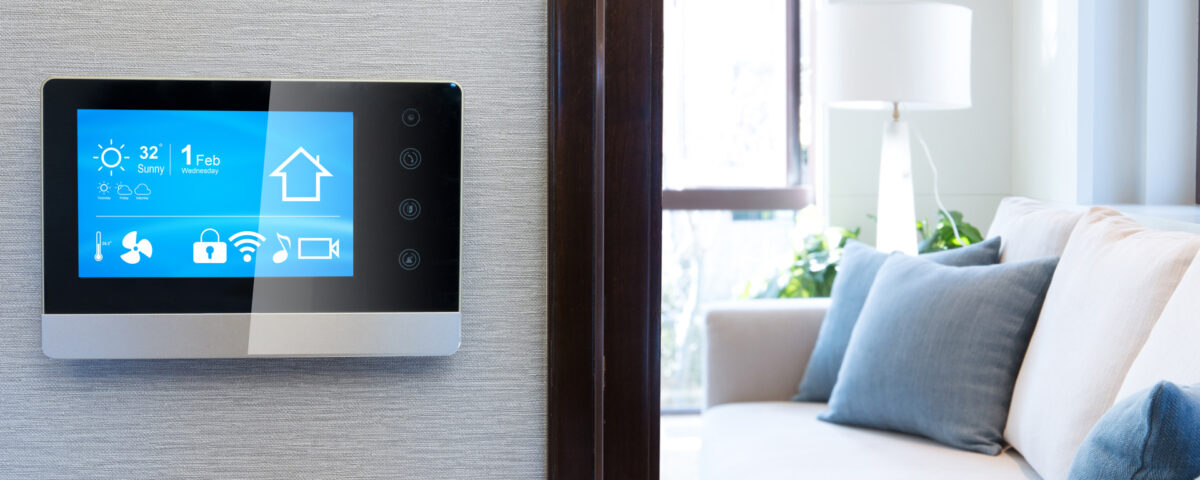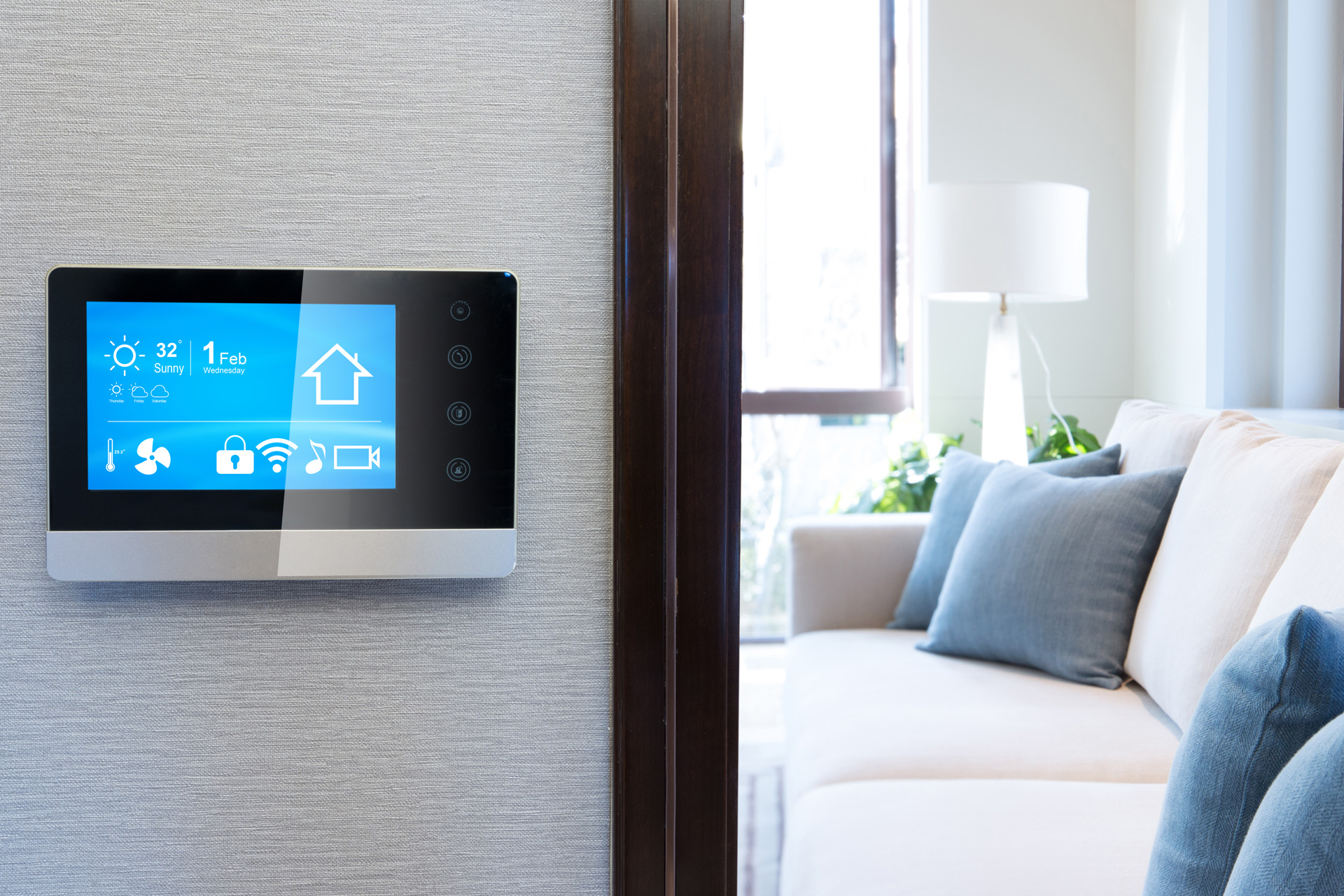

In today’s age of home automation, smart thermostats have emerged as a pivotal innovation, providing homeowners with enhanced control, energy efficiency, and convenience.
Integrating a smart thermostat with your air conditioning (AC) system can revolutionize how you manage your home's comfort while also saving on energy costs. Here’s a closer look at how these devices work and why they’re worth considering.
What is a Smart Thermostat?
A smart thermostat is an advanced version of the traditional thermostat. Unlike conventional models, which require manual adjustments, smart thermostats are Wi-Fi-enabled devices that allow you to control your home’s temperature remotely through a smartphone app, tablet, or computer. Many models also feature intuitive learning capabilities, adapting to your habits and preferences over time.
Key Benefits of Smart Thermostats
- Energy Efficiency Smart thermostats help reduce energy consumption by optimizing your AC system's performance. They can learn your schedule, ensuring the system operates only when needed. Some models even provide energy usage reports, enabling you to identify patterns and make informed adjustments.
- Remote Accessibility Whether you're at work or on vacation, you can control your home's temperature from anywhere. This means no more worrying about leaving the AC on when you’re away.
- Improved Comfort Smart thermostats can maintain consistent indoor temperatures by adjusting settings based on real-time weather conditions or specific room needs.
- Cost Savings By reducing energy waste, a smart thermostat can lower your utility bills. According to the U.S. Department of Energy, homeowners can save about 10% annually on heating and cooling costs by using programmable or smart thermostats effectively.
- Environmental Impact Lower energy consumption means a reduced carbon footprint, making smart thermostats a greener choice.
Features to Look for in a Smart Thermostat
When selecting a smart thermostat for your air conditioning system, consider the following features:
- Compatibility: Ensure the thermostat is compatible with your HVAC system.
- Learning Capabilities: Look for models that adapt to your habits for personalized comfort.
- Geofencing: This feature adjusts your AC settings based on your location, ensuring efficiency when you leave or return home.
- Integration: Check if the thermostat integrates with other smart home devices or platforms like Amazon Alexa, Google Assistant, or Apple HomeKit.
- Energy Reports: Access to detailed usage reports can help you track savings and optimize performance.
Installation and Maintenance
Installing a smart thermostat is generally straightforward and can often be done without professional help. However, if you’re unsure about wiring or compatibility with your existing AC system, it’s best to consult an HVAC professional. Regular updates and maintenance of the device, including cleaning sensors and ensuring Wi-Fi connectivity, will keep it running smoothly.
Are Smart Thermostats Worth It?
The upfront cost of a smart thermostat might be higher than traditional models, but the long-term savings and convenience make them a worthwhile investment. Over time, the energy savings can offset the initial cost, while the added comfort and control enhance your overall living experience.
Smart thermostats are a game-changer for managing air conditioning systems, offering a blend of convenience, efficiency, and sustainability. As technology continues to advance, these devices are becoming more accessible and feature-rich, making them an excellent addition to any modern home. If you’re looking to improve your home’s comfort while saving on energy costs, a smart thermostat is a smart choice.
